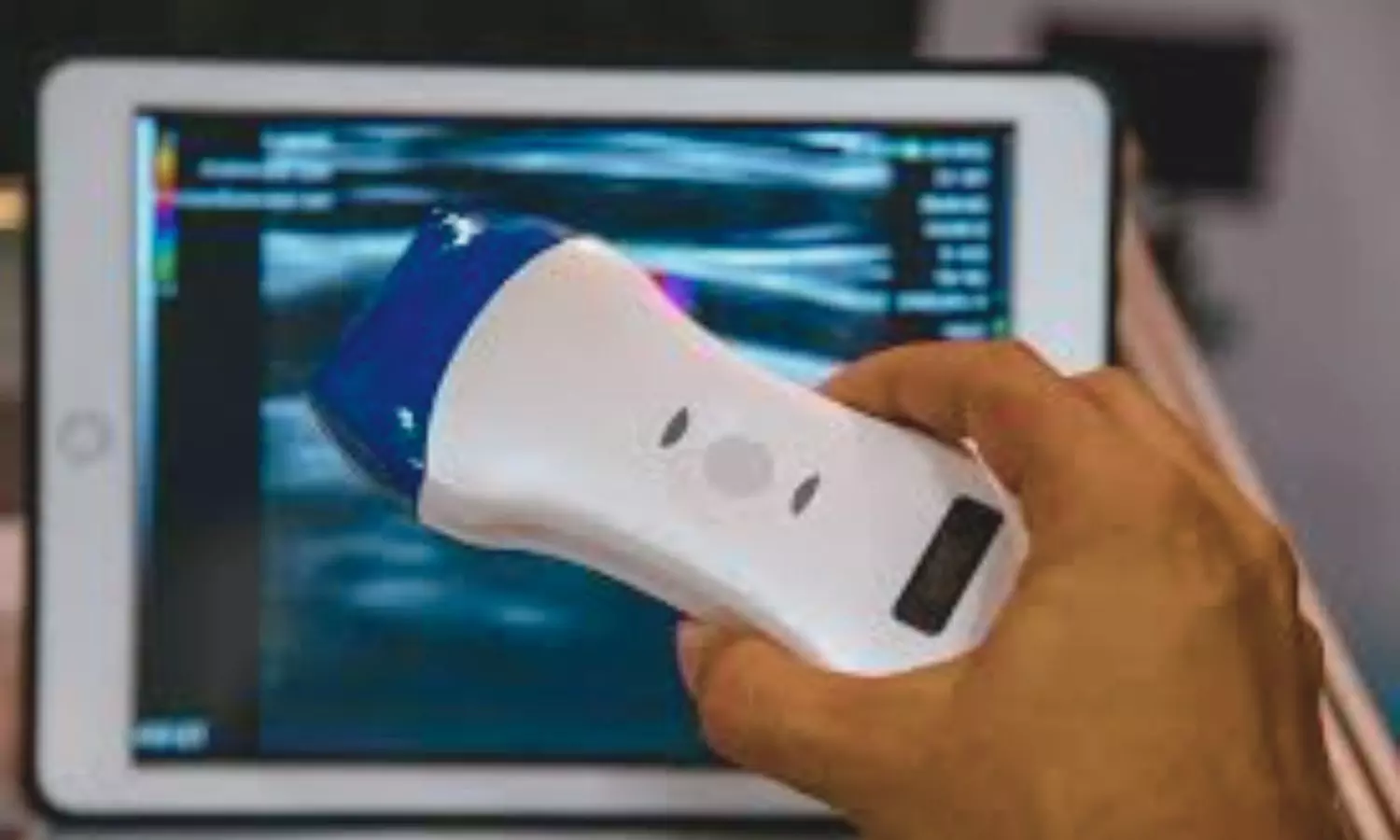Handheld Ultrasound Proves Effective for VExUS Assessment in Critically Ill Patients: Study

China: Researchers have found in a recent study that portable handheld ultrasound devices can provide reliable VExUS (Venous Excess Ultrasound) assessments in critically ill patients while significantly reducing examination time compared to conventional ultrasound. The findings, published in the Journal of Critical Care, suggest that this approach can enhance efficiency in intensive care units (ICUs) without compromising diagnostic accuracy.
Pathologic venous congestion is a major contributor to poor outcomes in critical care; however, it often goes undetected due to the invasiveness of traditional monitoring methods such as right heart catheterization. The VExUS score offers a noninvasive alternative but requires operator expertise, which has limited its widespread adoption. Hui Wang, MD, and colleagues from the Department of Intensive Care Unit at China-Japan Friendship Hospital in Beijing, developed a structured VExUS training program for residents using handheld point-of-care ultrasound (POCUS) devices and evaluated its effectiveness in a clinical setting.
The study enrolled 80 ICU patients, where two trained residents independently performed sequential VExUS scans using both handheld and conventional ultrasound systems. Two blinded ICU mentors reviewed the images to determine gold-standard VExUS scores and assess image quality. The analysis focused on inter-rater reliability, reproducibility, and time efficiency.
Key Findings:
- Results showed excellent agreement between handheld and conventional ultrasound for most VExUS parameters.
- Inferior vena cava (IVC) diameter demonstrated minimal measurement bias (0.037 cm) with a strong correlation (ICC = 0.98).
- Hepatic vein assessments displayed near-perfect concordance (ICC > 0.96).
- Overall, VExUS grading reliability was high for both devices (handheld κ = 0.879, ICC = 0.912; conventional κ = 0.851, ICC = 0.865).
- Handheld ultrasound significantly reduced procedural time, with a median of five minutes compared to eight minutes for conventional ultrasound (37.5% faster).
- Image acquisition success rates were above 91% for all vessels, reaching 100% for hepatic veins and IVC.
- Renal vein evaluation had lower inter-rater agreement with handheld devices (κ = 0.55) versus conventional ultrasound (κ = 0.653), highlighting an area for improvement.
The researchers emphasized that their structured three-tiered training program—including theoretical instruction, simulator practice, and supervised clinical scanning—was key to achieving consistent proficiency among residents. They also noted that adopting handheld VExUS assessments could lead to substantial time savings in high-volume ICUs and enable earlier detection of venous congestion compared to traditional biomarkers such as NT-proBNP.
“Handheld VExUS achieves reliable core parameter assessment with 37.5% faster scanning,” Wang and colleagues wrote, suggesting that this approach can be a practical and efficient tool for routine congestion monitoring in critical care settings.
Reference:
Zhai, S., Shang, L., Ren, D., Chen, Y., & Wang, H. (2026). Portable handheld ultrasound for VExUS assessment in critical care: Reliability and time efficiency in resident-led examinations. Journal of Critical Care, 91, 155224. https://doi.org/10.1016/j.jcrc.2025.155224
Facebook Comments



